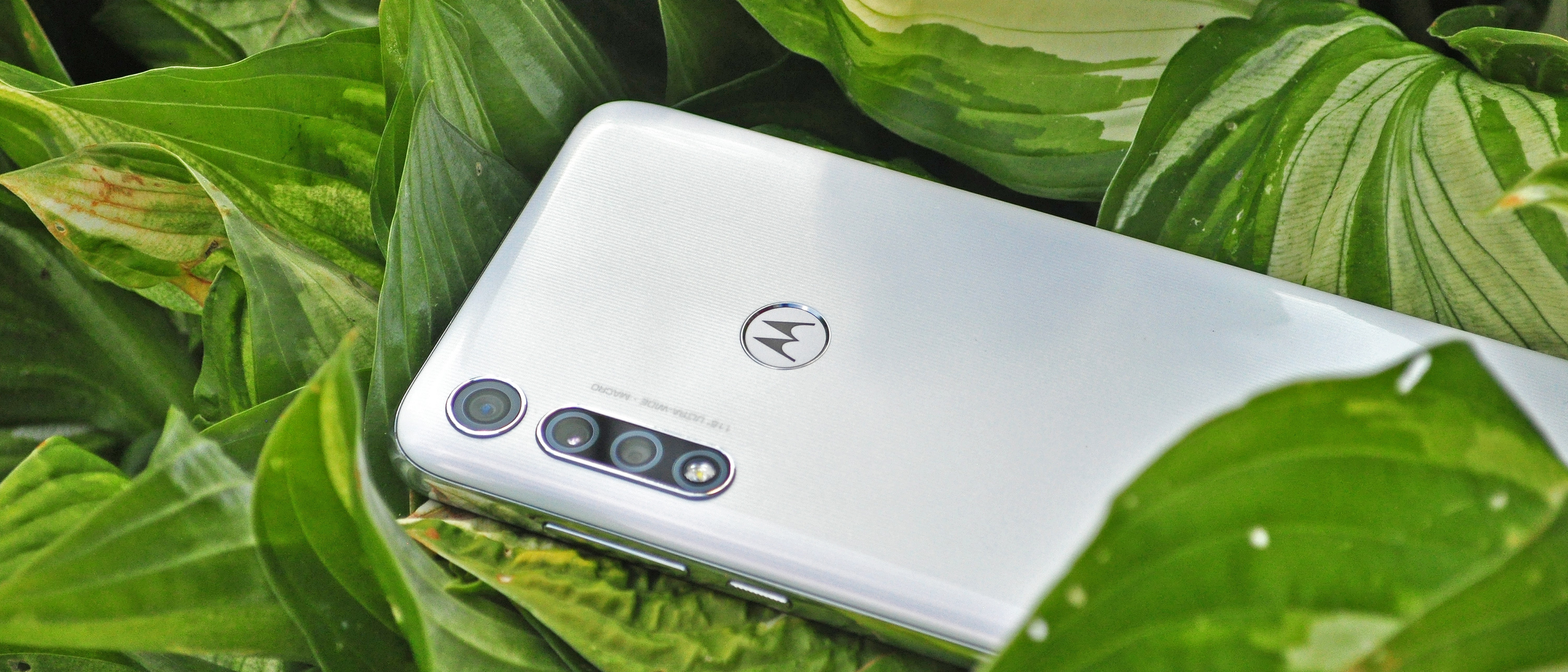Tom's Guide Verdict
The Moto G Fast is a great choice for anyone who can’t spend more than $200 on a new smartphone, thanks to strong battery life, a serviceable display and cameras and good enough performance. However, those willing to part with another $50 will want to upgrade to the Moto G Power, which is a better handset all around.
Pros
- +
Great battery life
- +
Bright, big display
- +
Respectable cameras
- +
Solid performance
- +
Works on all carriers
Cons
- -
Drab design
- -
Poor selfie camera
- -
Murky update schedule
Why you can trust Tom's Guide
Another month, another cheap Motorola smartphone — at least that’s how it seems these days, given that it was only in May that the company launched the Moto G Power and Moto G Stylus. Now, a third member is joining the Moto G family, called the Moto G Fast.
However the name may come off, the Moto G Fast is not a performance-focused patch on those existing models. It has the same processor as those other variants, but 3GB of RAM to their 4GB, half the internal storage, a lower-resolution display and a smaller battery than the epically-long-lasting Moto G Power. Because of these concessions, it costs just $199 — $50 less than the Power, and $100 less than the Stylus.
Starting price: $199
Display: 6.4-inch LCD (1560x720)
CPU: Snapdragon 665
Storage: 32GB; expandable up to 512GB
RAM: 3GB
Battery: 4,000 mAh
Rear camera: 16MP main (ƒ/1.7); 8MP ultrawide (ƒ/2.2); 2MP macro (ƒ/2.2)
Front camera: 8MP (ƒ/2.0)
Colors: Pearl White
Weight: 6.68 ounces
Dimensions: 6.37 x 2.98 x 0.35 inches
- The best unlocked phones at every price
- The best Android phones you can buy today
- Just in: Moto E 2020 review
So, as it turns out, the Moto G Fast is actually the entry-level Moto G — and quite a good place to start, at that. Prospective buyers with an extra $50 to burn shouldn’t think twice about upgrading to the Moto G Power for its never-ending longevity on a charge, and the performance benefits offered by that extra gigabyte of RAM. But based on our Moto G Fast review, this isn’t a bad alternative for a fair discount.
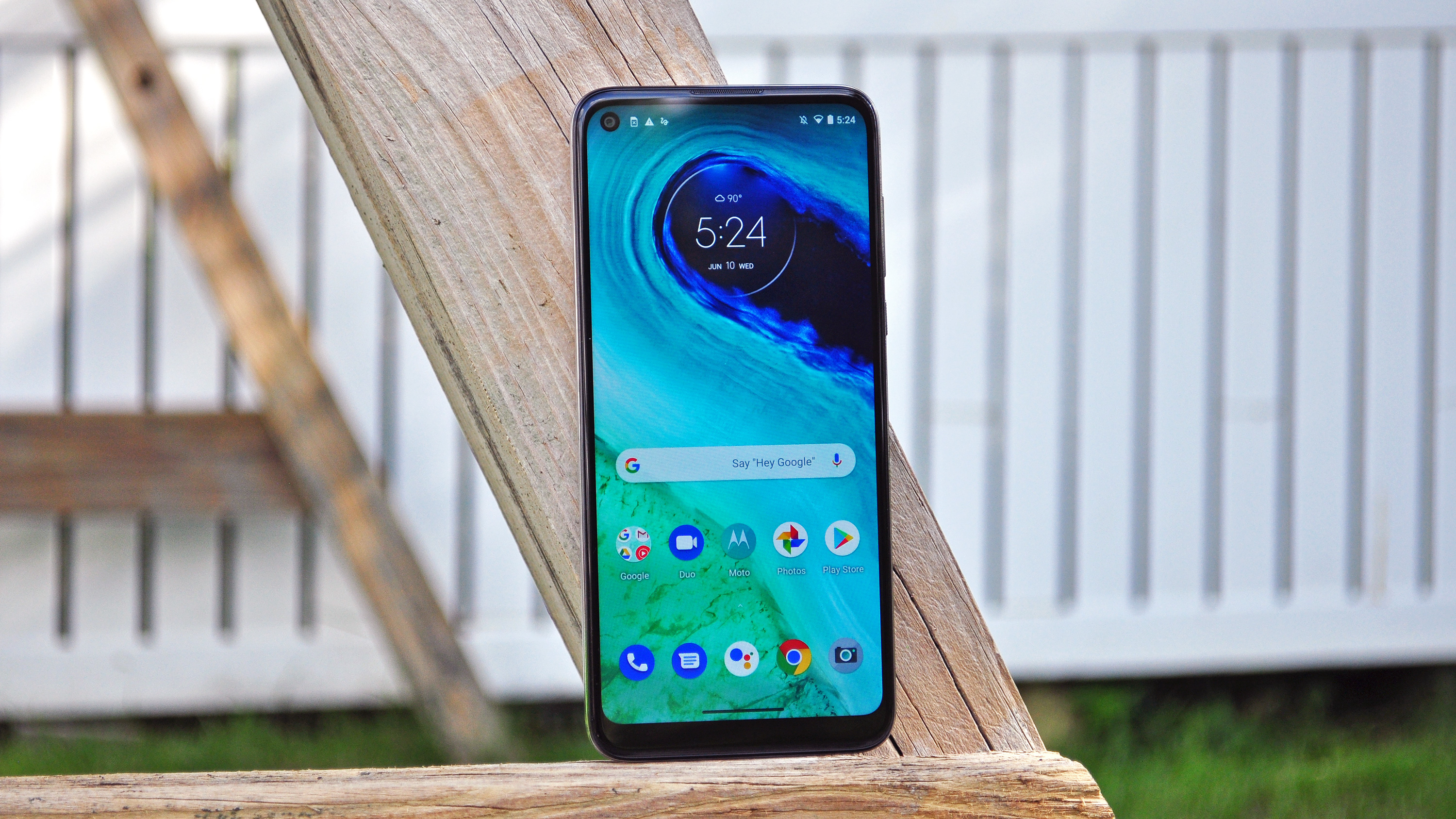
Moto G Fast review: Price and availability
The Moto G Fast arrives June 12 for $199 unlocked and works on both GSM and CDMA networks. At launch, the only carrier offering it will be Boost Mobile, though the unlocked version will be widely available from retailers like Amazon. There’s one configuration, with 3GB of RAM and 32GB of storage (expandable by another 512GB through the use of a microSD card), and it’s sold exclusively in Pearl White.
For reference, the Moto G Power costs $50 more, has a 5,000-mAh battery to the Moto G Fast’s 4,000-mAh unit, 4GB of RAM and 64GB of storage. The $299 Moto G Stylus adds upgraded main and ultrawide cameras above both less-expensive Moto G models, but carries the same size battery as the Moto G Fast. (Oh, and in case it’s not clear from the name, it comes with a stylus, too.) Both pricier Moto G handsets also have full-HD displays, compared to the standard HD one inside the Moto G Fast.
Moto G Fast review: What we like
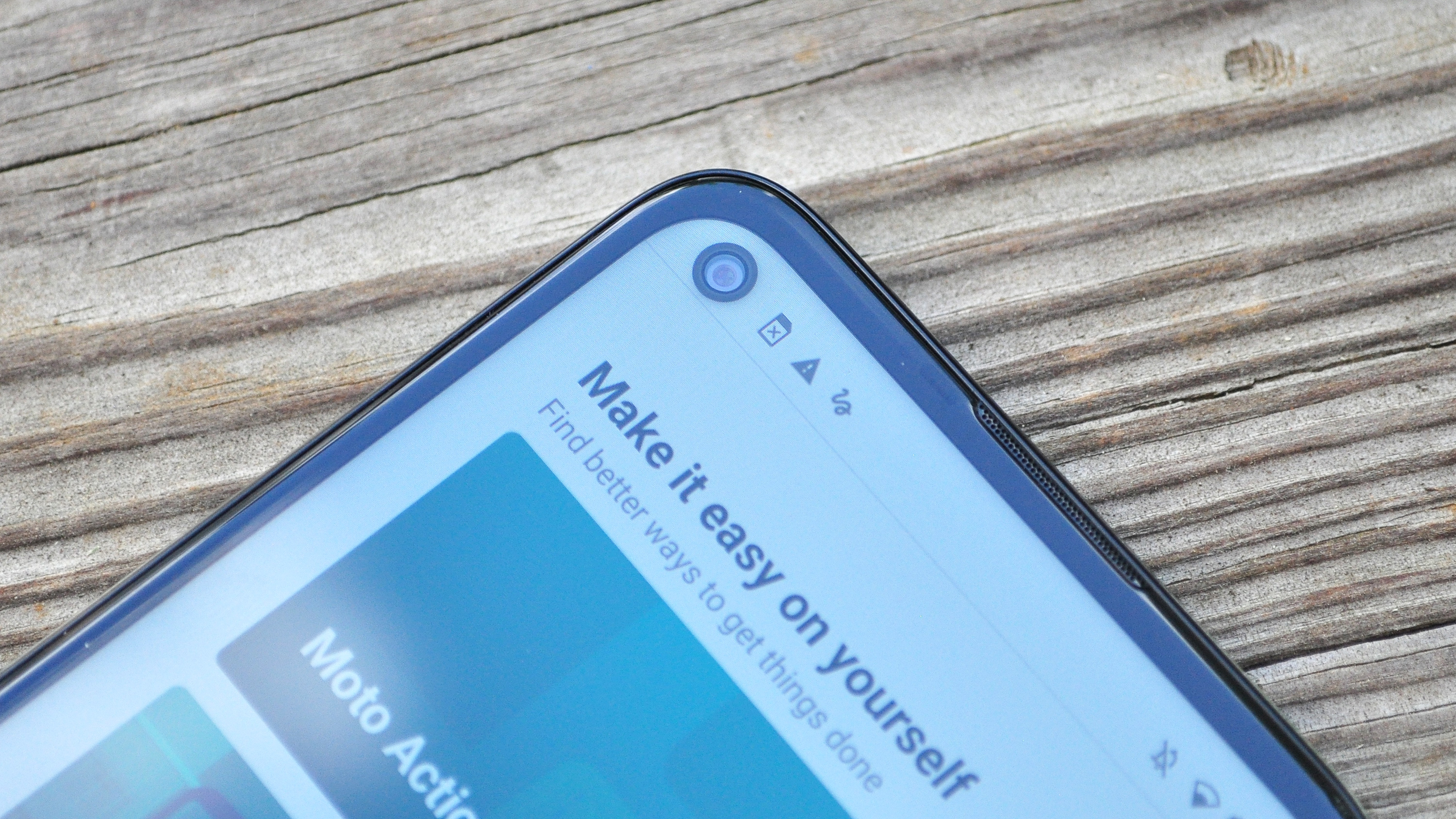
The display: The 6.4-inch, HD LCD display on the Moto G Fast is by no means the nicest or prettiest smartphone screen you’ll ever lay eyes on, but it’s bright, it’s big and it gets the job done.
Let’s start with the brightness. At a peak of 443 nits, the Moto G Fast’s screen won’t crack the 800-nit threshold of some flagship smartphones. Nevertheless, it’s better than what you often get from most devices this cheap. Even the Pixel 3a tops out at 401 nits, and that handset costs twice as much as the Moto G Fast.
The brightness of the display ensures you’ll be able to see the screen reasonably well outdoors on a sunny day. But when you want to take in a movie or game, the Moto G Fast delivers a balanced and natural color palette that stays comfortably within the sRGB range, even when tuned to its most eye-popping Saturated mode.
The Moto G Fast covered 97% of the sRGB color space according to our light meter, which is actually quite low compared to most smartphones we review. Even the $179 Nokia 4.2 achieved 153.2% in the same test. That said, I wasn’t wanting for punchier hues when I watched the trailer for Bill & Ted Face the Music; the flashes of electricity enveloping the titular heroes’ time-traveling phone booth looked as bodacious as ever.
Rather, my gripe was with the low resolution of the Moto G Fast’s screen. At 6.4 inches, it must be stressed that this is a generously-sized panel for such an inexpensive phone, but there are simply too few pixels to fill it. Details are blurry, text and icons are jagged, and no matter what YouTube video you’re watching, you always feel like you need to bump up the resolution even though you can’t. It’s the only notable downside to an otherwise good smartphone display for the money.
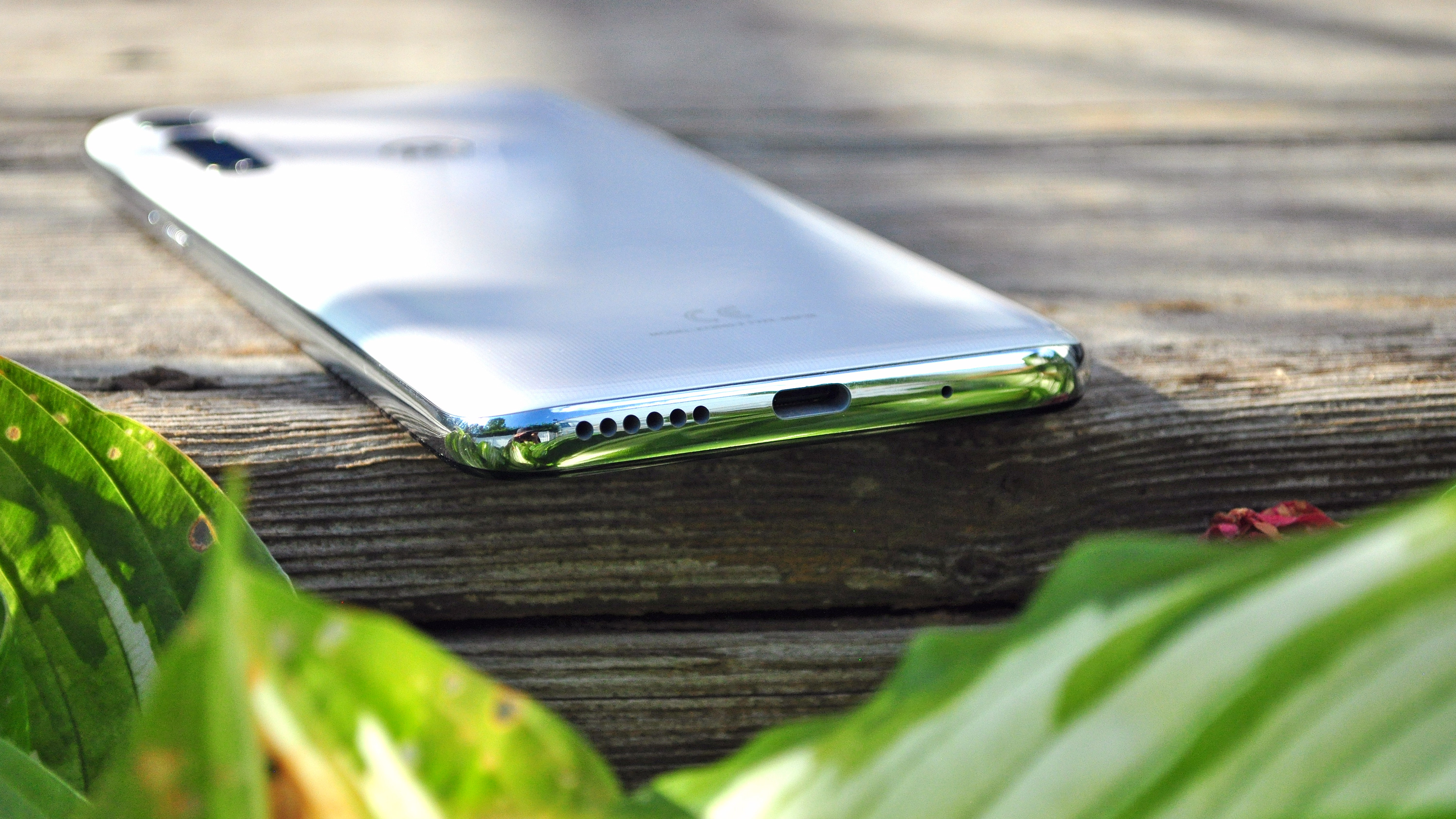
The battery life: No, the Moto G Fast won’t touch the 16 hour, 10 minute runtime of the Moto G Power. But it still lasts pretty long on a charge, and certainly long enough to land on our list of the best phone battery life.
The Moto G Fast averaged 12 hours and 17 minutes across three sessions of Tom’s Guide’s battery test, where the device endlessly loaded web pages until it ran out of juice, while set to 150 nits of screen brightness.
That’s a very strong result. The Moto G Stylus, which costs $100 more than this model, turned in 3 minutes less. The Pixel 3a just fell shy of 12 hours, at 11:59. Even the iPhone 11 Pro Max — the most expensive iPhone that Apple sells with the biggest battery — topped out at 11 hours and 54 minutes.
You can forget about the $399 iPhone SE, too — that device has a diminutive 1,821-mAh battery, and so it averaged just 9 hours and 18 minutes. The $249 TCL 10L, one of the newest budget Android phones on the block, topped out at 9:59.
While the efficiency of the Moto G Fast’s 4,000-mAh battery is impressive, the phone’s charge time is not. In a half hour, the stock adapter only got this device to 26% in our testing. The fastest chargers in modern handsets can often replenish 50% or more of a phone’s battery capacity in that time, but given the Moto G Fast’s price, it misses out on such luxuries. At least you won’t have to charge it very often.
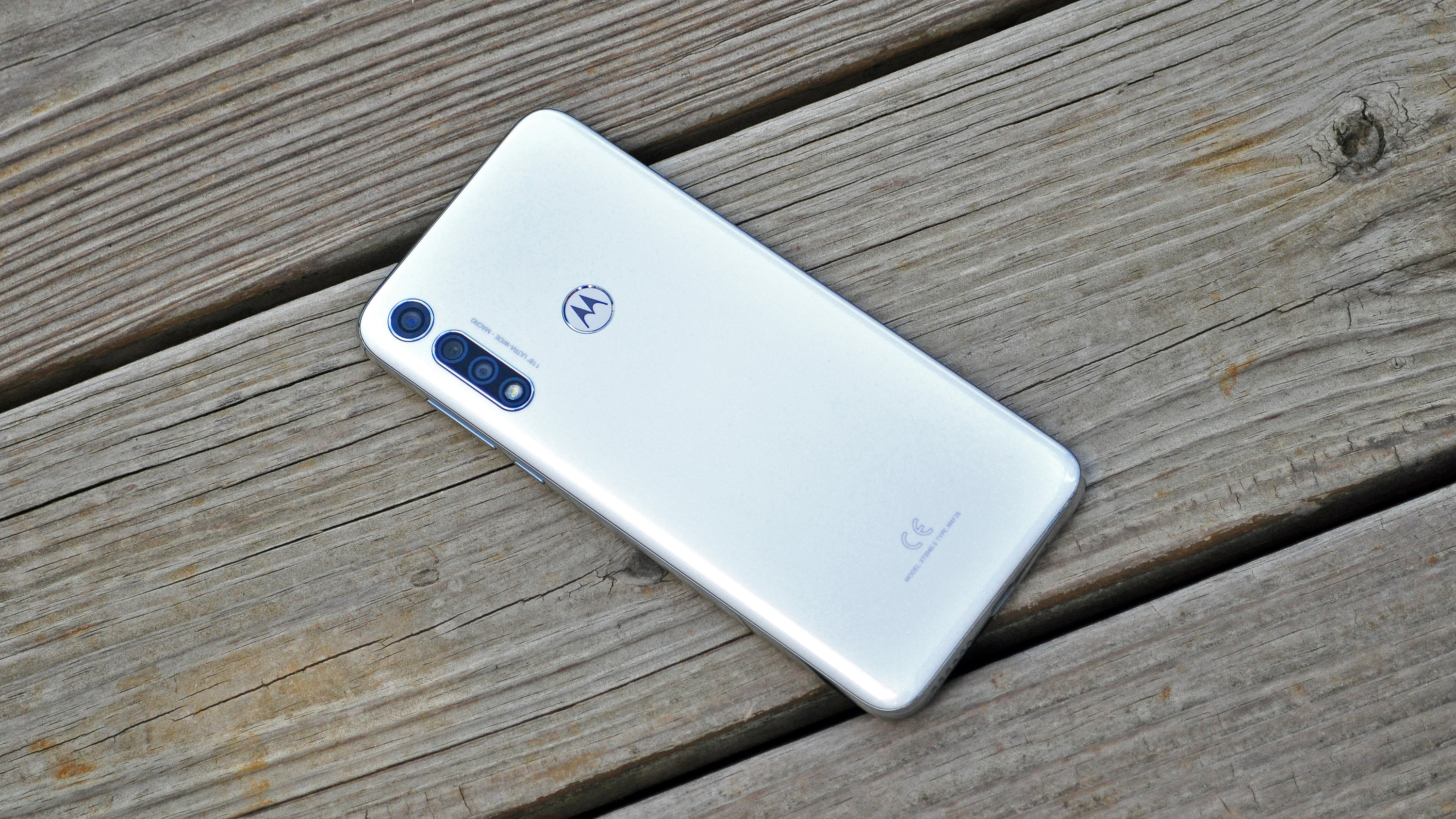
The performance: The Moto G Fast obviously isn’t going to dazzle you with its performance, but getting a Snapdragon 665 chip for less than $200 happens to be a pretty solid deal.
Under most circumstances, this isn't a phone that feels slow. It’s responsive enough for typical tasks, and even handles demanding games well with the appropriate modifications. For example, Asphalt 9 Legends was a bit of a kludgy experience at the default graphical setting, with the frame rate probably hovering somewhere in the mid-teens. When set to Performance mode, though, the arcade racer was actually smooth enough to enjoy.
Compare the Moto G Fast’s benchmarks to those of its budget contemporaries, and this phone fares quite well. It achieved a 1,394 score in the multi-core Geekbench 5 test, which beats the Pixel 3a’s result by some 60 points, and the TCL 10L by about 40. That’s not bad company to be in, especially given that the Moto G Power is launching at half the price Google’s 2019 cheap Pixel released at.
Graphical performance was more underwhelming, though GPUs in budget phones don’t tend to set a high bar. The Moto G Fast’s 1,119-point result in 3DMark’s Sling Shot Extreme OpenGL test was far exceeded by both the Moto G Power (1,704) and TCL 10 L (1,782); and you can forget about the Pixel 3a (2,543).
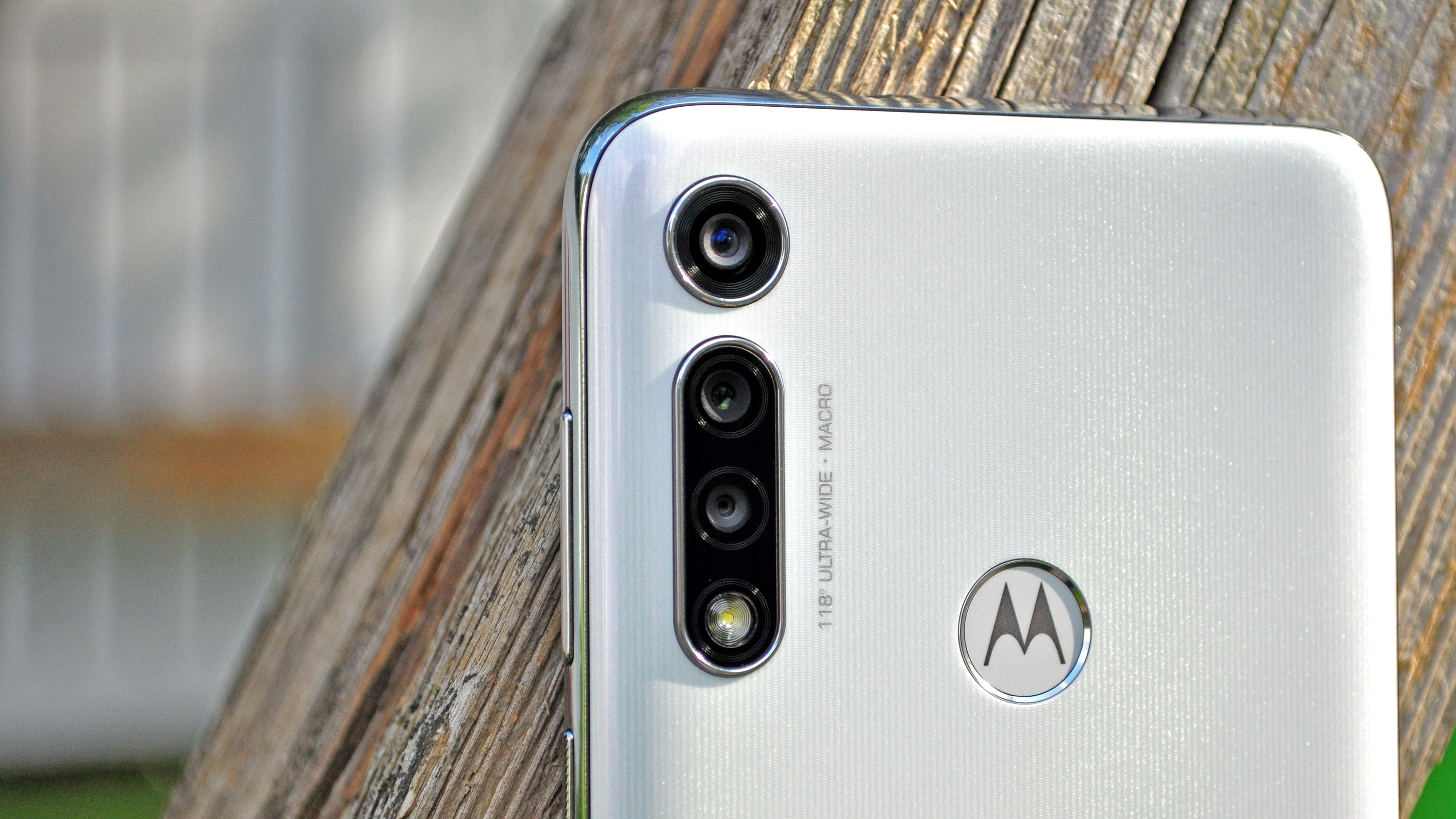
The camera: There are three cameras on the back of the Moto G Fast, though they’re not exclusive to this device — the Moto G Power has the same combination of lenses and sensors.
That’s a good thing, because my colleague Philip Michaels liked the Moto G Power’s cameras quite a bit when he tested that device last month. In both Moto phones, you’ll find a primary 16MP sensor with an ƒ/1.7 aperture, supplemented by 8MP ultrawide and 2MP macro shooters. An 8MP, ƒ/2.0 lens serves selfie duties up front.
The Moto G Fast can churn out better images than its low price would suggest. Consider this example of a flower, side-by-side with the same shot through the lens of the Samsung Galaxy A51, which costs twice as much as the Motorola handset. Surprisingly, it’s the Moto G Fast that finds the right contrast and color balance here, avoiding the overdramatic edges, hard shadows and bleached highlights that plagued the Galaxy’s rendition.
Both phones in this particular example made use of their AI scene optimizing features, and while Samsung’s has a reputation for overcooking things, Motorola’s is actually quite useful. I wasn’t tempted to turn it off — as I am with similar modes on any of Samsung’s devices — which may as well be an endorsement.

I took another look at that flower, this time with the Moto G Fast’s macro lens. The results are fine, but hardly spectacular. First of all, the flower’s pinkish hue ends up being more of a red in this take, which isn’t true to actual conditions. Second, the device had a difficult time focusing, and it took several taps to get the macro sensor to zero in on the details. Once the lens got its bearings, the results proved fine, but the experience of shooting with it was so finicky that it’d put me off snapping macro images in the future.
The Moto G Fast’s ultrawide lens is surprisingly solid, and I actually prefer its results to the Galaxy A51’s once again, for several reasons. The A51’s ultrawide optic pulls further back than the Moto G Fast’s, but there’s much more distortion at the fringes and blurring of details, like the “No Diving” sign on the pool to the right. Additionally, Samsung’s post-processing opts for cooler tones that simultaneously boost the greens in the grass and the blues in the sky above, to what I’d consider an excessive degree. Again, the Moto G Fast claims the more natural, balanced shot.
Heading indoors, the Moto G Fast couldn’t pull out the same saturation and colors as the Galaxy A51 as I photographed a pair of model cars. The hues and contrast from Motorola’s handset are much more muted, but on the flip side, the Moto G Fast does a much better job of picking up those barely-perceptible details, like the tread on the tires belonging to the car in the foreground, and the logo inscribed on its yellow brake calipers.
Overall, I’m really pleased with the Moto G Fast’s cameras. Sure, they’re not astonishing, and they’re easily outclassed by what you’d get from either the $399 Pixel 3a or iPhone SE — but again, this phone costs half the price of those, and it surely holds its own against the Galaxy A51. But the one aspect of the Moto G Fast’s imaging system I don’t care for is the front-facing camera.
I have never taken a selfie on a Motorola phone I’ve been happy with, and that includes the company’s latest flagship, the Motorola Edge Plus. However Motorola tunes its post-processing for selfies, it turns my skin orange and plays up shadows and imperfections in a truly unflattering way. Lo and behold, that’s exactly what happened here. I don’t take a whole lot of selfies, but if I owned a Moto G Fast, I probably wouldn’t take any, ever.
Moto G Fast review: What we don’t like
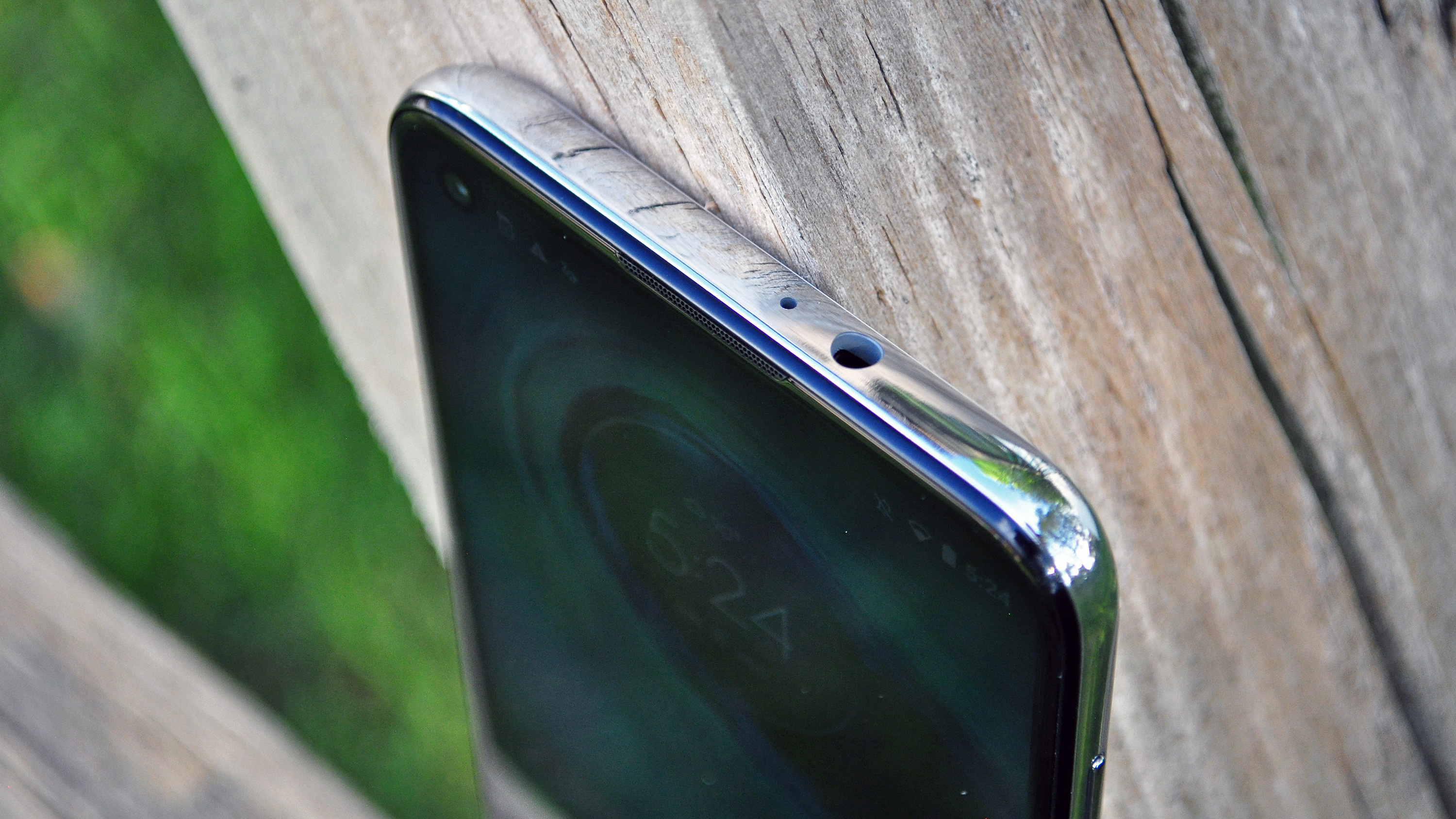
The design: The Moto G Fast isn’t a bad looking smartphone — just a cheap one. Shrouded in glossy plastic and encircled with fake chrome, the Moto G Fast is pretty much your standard budget phone in terms of design, with an aesthetic that apes those of pricier devices, albeit with lower-quality materials.
The hole-punch cutout for the front-facing camera has allowed Motorola to extend the display as high up as possible, but the bottom bezel is several times thicker than those on the other three sides of the panel, which creates an awkward, unbalanced look.
Thankfully, there’s a headphone jack up top for your troubles, and an old-school, rear-facing capacitive fingerprint sensor for authentication. The latter is a nice touch I’ve missed from more recent phones; in-display sensors just aren’t as effortless, accurate and fast yet. In this case, the classic approach is simply better.
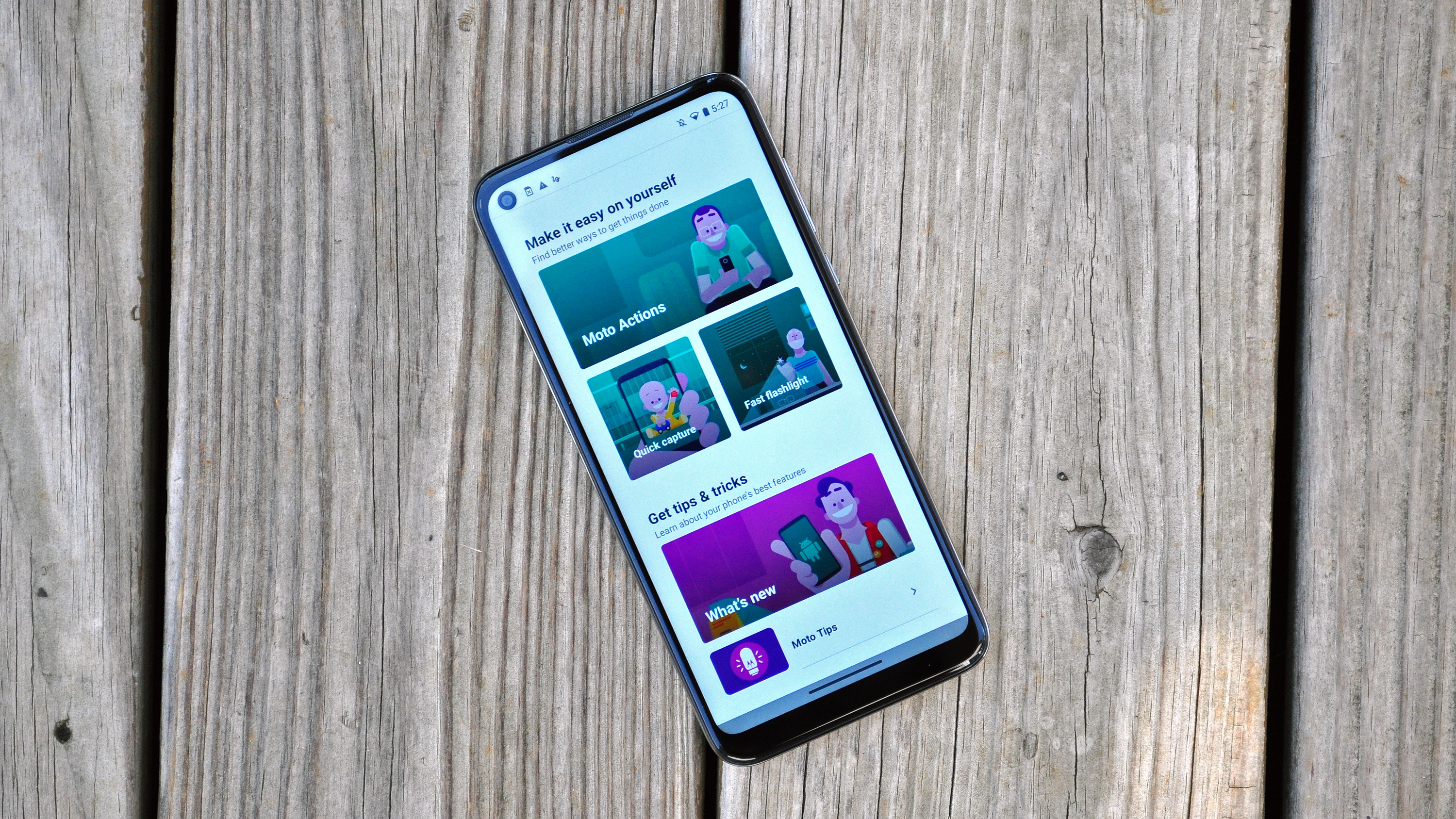
The software update situation: The Moto G Fast launches with Android 10 and Motorola’s light additions to Google’s mobile operating system. That includes the company’s iconic shortcuts, like twisting to launch the camera and chopping to activate the flashlight, as well as the Peek Display mode, which elegantly presents notifications in a glanceable way on a black screen when the phone is otherwise sleeping.
Motorola’s software is largely fine; this is Android as you know and love it, with some improvements. There’s even a rudimentary theming engine, very similar to what Google introduced with the latest Pixel phones, that offers a slight degree of customization. The problem with the software, however, is one familiar to Motorola phones: updates.
Motorola has told us the Moto G Fast will eventually receive an update to Android 11, but the company isn’t committing to any sort of schedule. The attitude appears to be more of “we’ll get to it when we get to it,” which isn’t particularly surprising; this is a cheap phone after all, and cheap phones that aren’t made by Google or Apple tend to get the shaft when it comes to long-term support.
Given that Motorola originally promised just one update for the $999 Edge Plus, then quickly doubled back and promised two years of support in the face of widespread criticism, we expect that Android 11 is the furthest the Moto G Fast will go.
Moto G Fast review: Verdict
These days, there’s no shortage of cheap phones in the $200 to $400 range all claiming to deliver premium features at reasonable prices. The Moto G Fast doesn’t feel like a high-end phone though — it’s a modest device that achieves what it sets out to — nothing more, nothing less.
If $200 is the absolute most you can afford to spend on a new smartphone, this is the one to buy. The $149 Moto E is the next cheapest device in Motorola’s arsenal, but that one makes too many concessions to offer a user experience that is consistent or in any way desirable. The Moto G Fast is a far superior phone.
The question then is, can you spend a little more? Because, if so, the Moto G Power is a no-brainer for $249. It lasts astonishingly long on a charge, has an extra gigabyte of RAM for better performance when multitasking, comes with double the storage out of the box and has a nicer display, all for $50 more than the Moto G Fast. The Power is the Goldilocks choice of Motorola's budget range. But if it’s too steep for you, the Moto G Fast should do just fine.
Adam Ismail is a staff writer at Jalopnik and previously worked on Tom's Guide covering smartphones, car tech and gaming. His love for all things mobile began with the original Motorola Droid; since then he’s owned a variety of Android and iOS-powered handsets, refusing to stay loyal to one platform. His work has also appeared on Digital Trends and GTPlanet. When he’s not fiddling with the latest devices, he’s at an indie pop show, recording a podcast or playing Sega Dreamcast.
